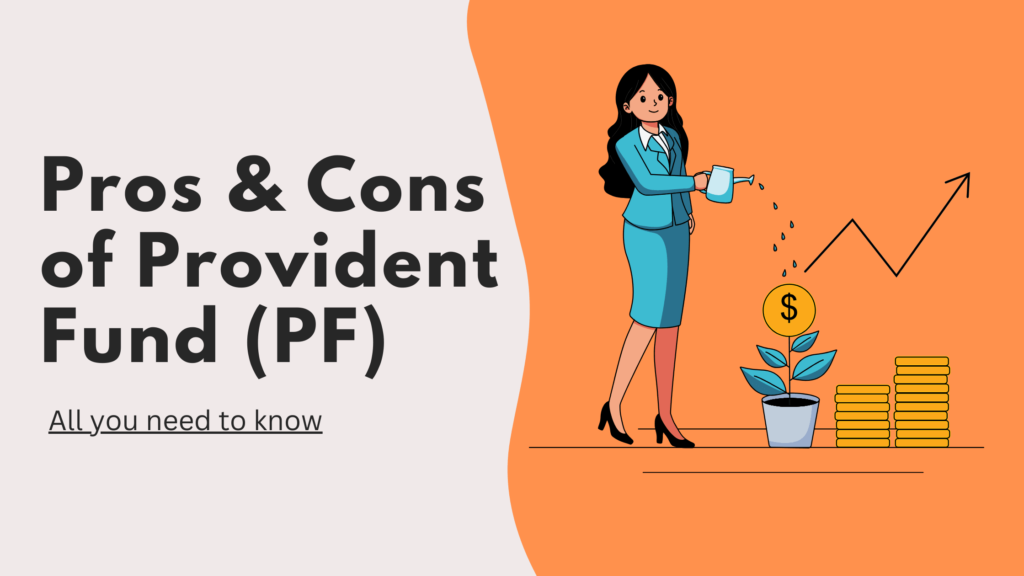Weighing the Pros & Cons of Opting for Provident Fund

With the recent proposal of the EPFO to increase the wage limit of Provident Fund to a monthly salary of Rs 25,000 from the current wage limit of Rs 15,000 it aims to bring in a large chunk of workers under Provident Fund scheme.
As India’s only one stop shop to all things HR, Payroll and Compliance we decided to address the benefits of the Provident Fund scheme as well as throwing light on why Provident fund acts as a healthy investment option for employees.
For many employees (who have a salary greater than Rs 15,000 per month), opting out of Provident Fund (assuming that they never been a member), is a dilemma they deal with. Acting as a savings tool, the recurring deposits and high interest rates make PF a healthy investment option.
However, there are an increasing number of younger employees who remain sceptical of opting for PF, driven by a lack of clarity on the benefits of PF, as well as an inclination to spend more of their disposable income. While each individual’s financial situation is unique, there does remain a common set of factors to consider when making the decision to opt for PF.
Pros-
Returns: Provident Fund (PF) gives a higher return on investment when compared to other perceived stable investment opportunities. With the current interest rate of 8.65%, investing in PF is a smarter choice when compared to Fixed Deposits (7.5%), Recurring Deposits (7.5%) and PPF (8.1%). Compared to the stock market (where returns average 11% over a 20 year period), the PF is also a relatively attractive option, given the higher risk and volatility associated with the equity markets.
Risk Profile: As a hybrid defined benefits plan, Provident Fund guarantees its investors a defined return rate of return. EPFO members can rest assured knowing that their investments are protected, and are not threatened by fluctuations in the market. For those who are risk averse, EPFO is thus an attractive option.
Tax Profile: Both employer and employee, PF contributions are tax exempt, unlike contributions into the equity market or fixed deposits, which are post-tax contributions. Moreover, unlike fixed income returns (which are subject to income tax) or equity investment returns (which may be subject to capital gains taxes), PF withdrawals are tax-exempt (subject to a 5 year period of no withdrawal). Given the significant accumulation of funds at the time of retirement, tax savings can be a valuable component of one’s retirement nest egg.
Cons
Liquidity: Despite the return the risk and tax benefits are one drawback of the Provident Fund is the lack of liquidity with regards to access to these funds. Money that you invest in Provident Fund cannot be withdrawn until you’re unemployed for 2 months or until retirement. While there is an exception in cases of emergency, these funds cannot be accessed at will. Hence, individuals whose monthly expenses meet their earnings may consider increasing their take home salaries by avoiding PF contributions.
Company Reputation and Financial Position: It’s important to check if the company you’re joining has been regularly contributing to the Provident Fund. In some cases, companies might default on their contributions due to financial shortcomings, without the employee knowing any better. If you are dubious about your company’s capability to meet its PF contribution obligations, getting paid in hand at the end of the month might be a more viable option.
In Conclusion
In conclusion, while the deduction in one’s monthly take home salary might be a bitter pill to swallow for some employees, ultimately the tax benefits, coupled with strong returns do outweigh the liquidity constraints imposed by investing in the Provident Fund.